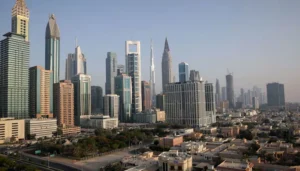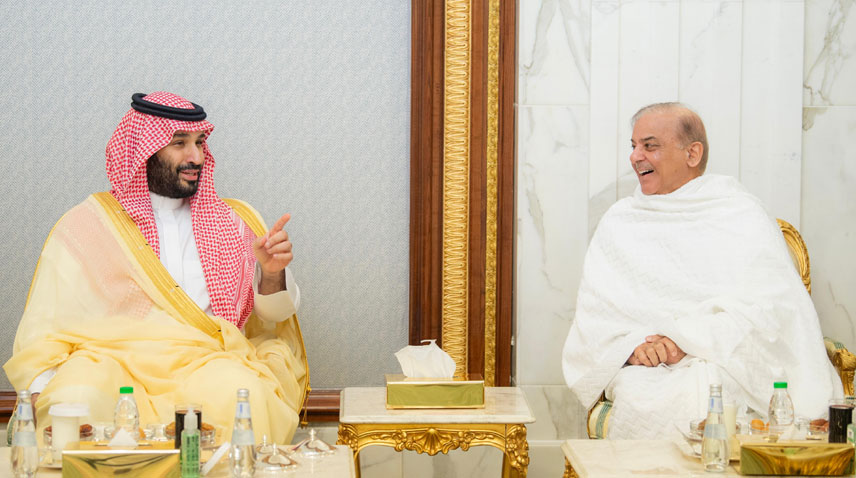
Business
Debt Dilemma: Pakistan’s IMF Negotiations Stir Mixed Sentiments
Finance Minister Muhammad Aurangzeb’s negotiations with the IMF have sparked mixed reactions.
Some express relief but with reservations about IMF conditions, while others fear continued reliance on debt.
Even with a potential 3-year loan program, experts warn of temporary relief, not sustainable solutions. Calls for considering an exit strategy from the IMF are growing.
Despite achieving targets under the previous IMF arrangement, concerns persist over mounting public debt.
MUST READ
SBP Governor Praises Pakistan’s Economic Renaissance
The total debt increased by 19% year-on-year to Rs. 64.8 trillion in February 2024.
External debt is projected to reach $130.850 billion by June 2024, with the debt-to-GDP ratio exceeding 70%.
Privatizing public sector entities like PIA, Pakistan Steel Mills, and Railways is proposed to reduce reliance on IMF assistance.
Monetary and exchange rate policies will remain flexible, with efforts to accumulate forex reserves gradually.
Talks for a $32 billion investment plan from Saudi Arabia are ongoing, although skepticism remains.
Aurangzeb is urged to negotiate with the IMF to withdraw the 1.25% premium on the PKR/$ rate, which has complicated dollar inflows and contributed to currency depreciation.
Concerns are also raised about tax burden and electricity surcharges, particularly on low-income segments.
There are calls for tax reform and improving governance in distribution companies.
Additionally, there’s emphasis on enhancing export competitiveness, particularly in IT and textile sectors, to diversify products and gain a larger share in global markets.
As the IMF-WB Spring meetings conclude, Aurangzeb and his team are urged to find a balanced approach to liberate Pakistan from IMF debt and foster sustainable economic growth.








